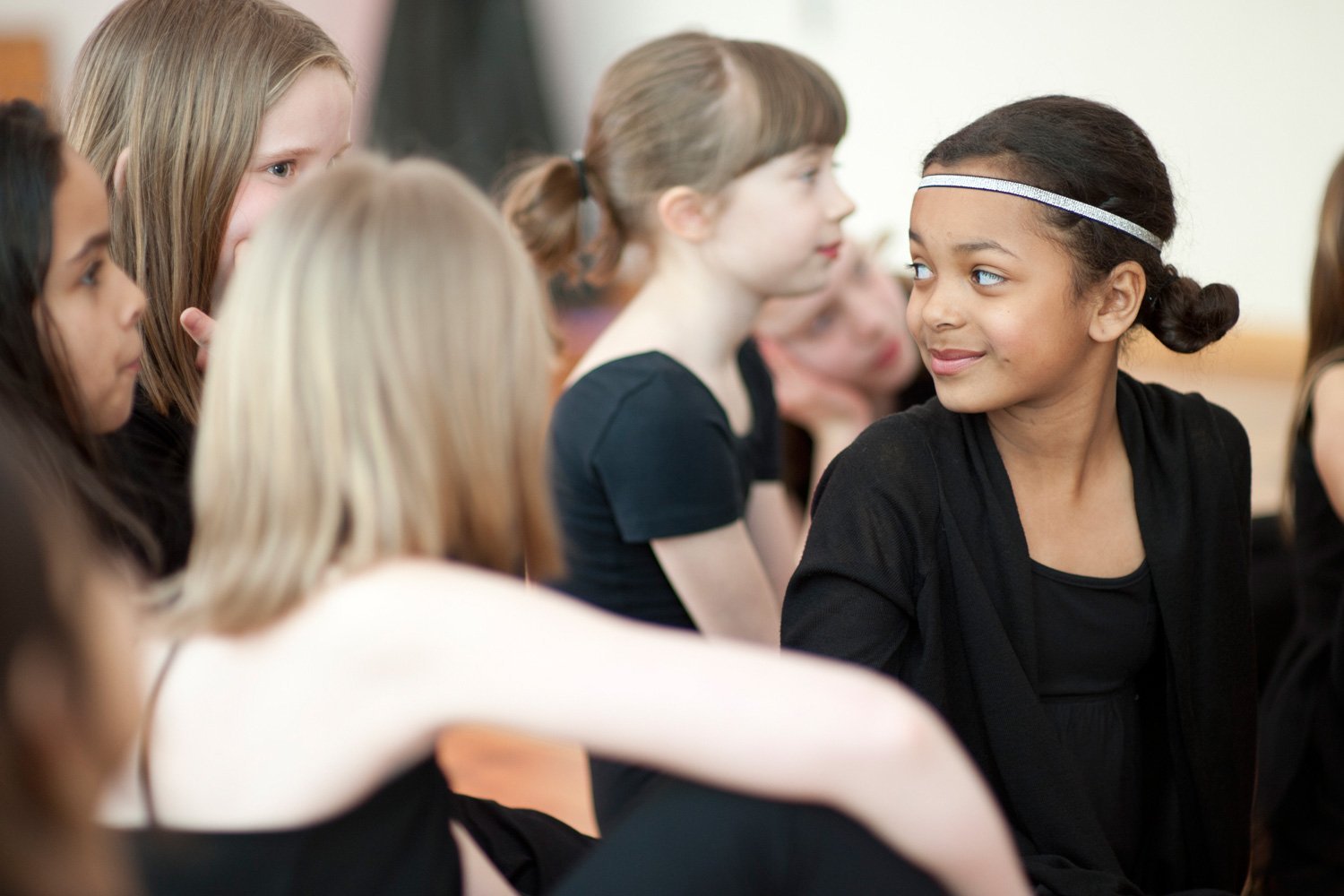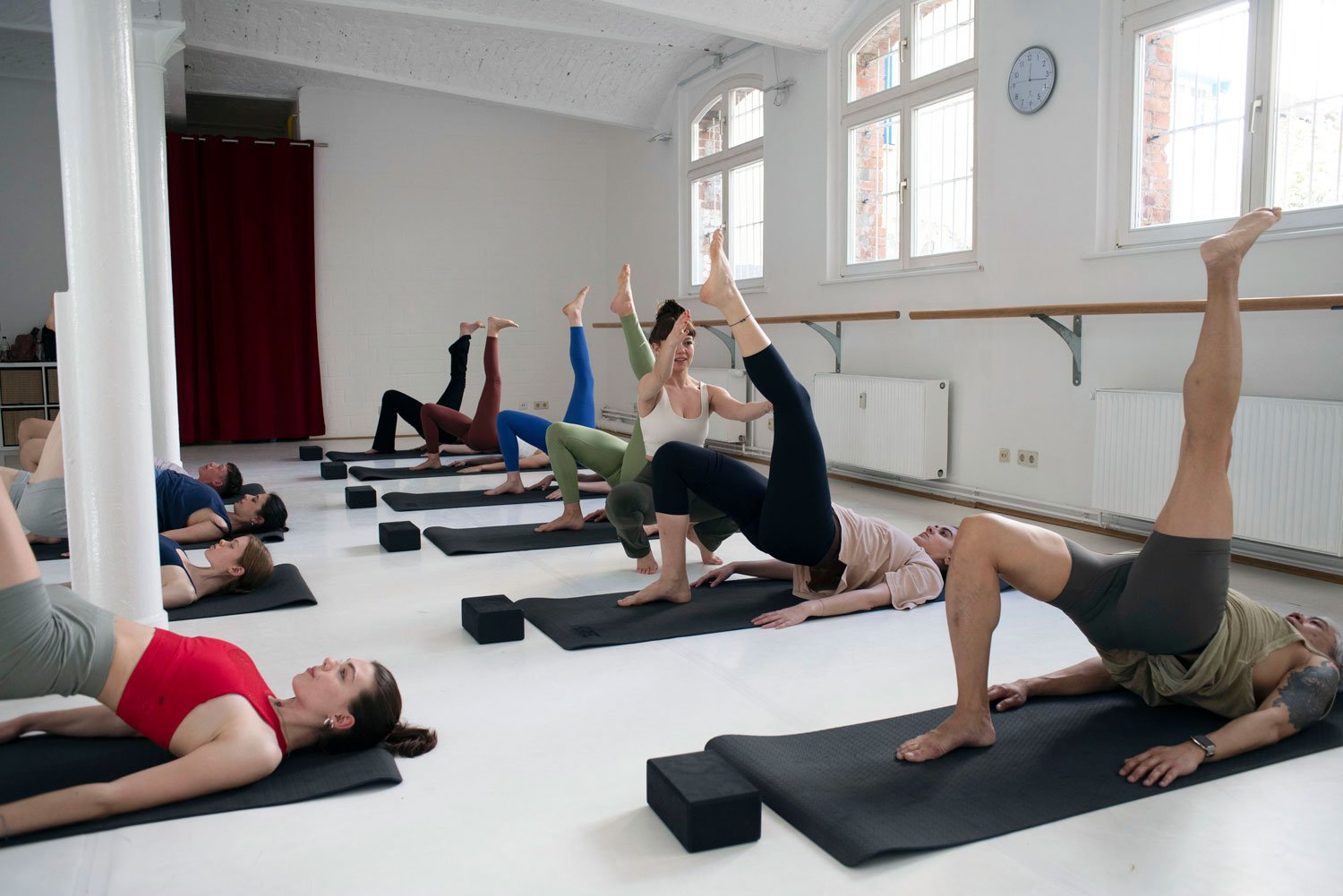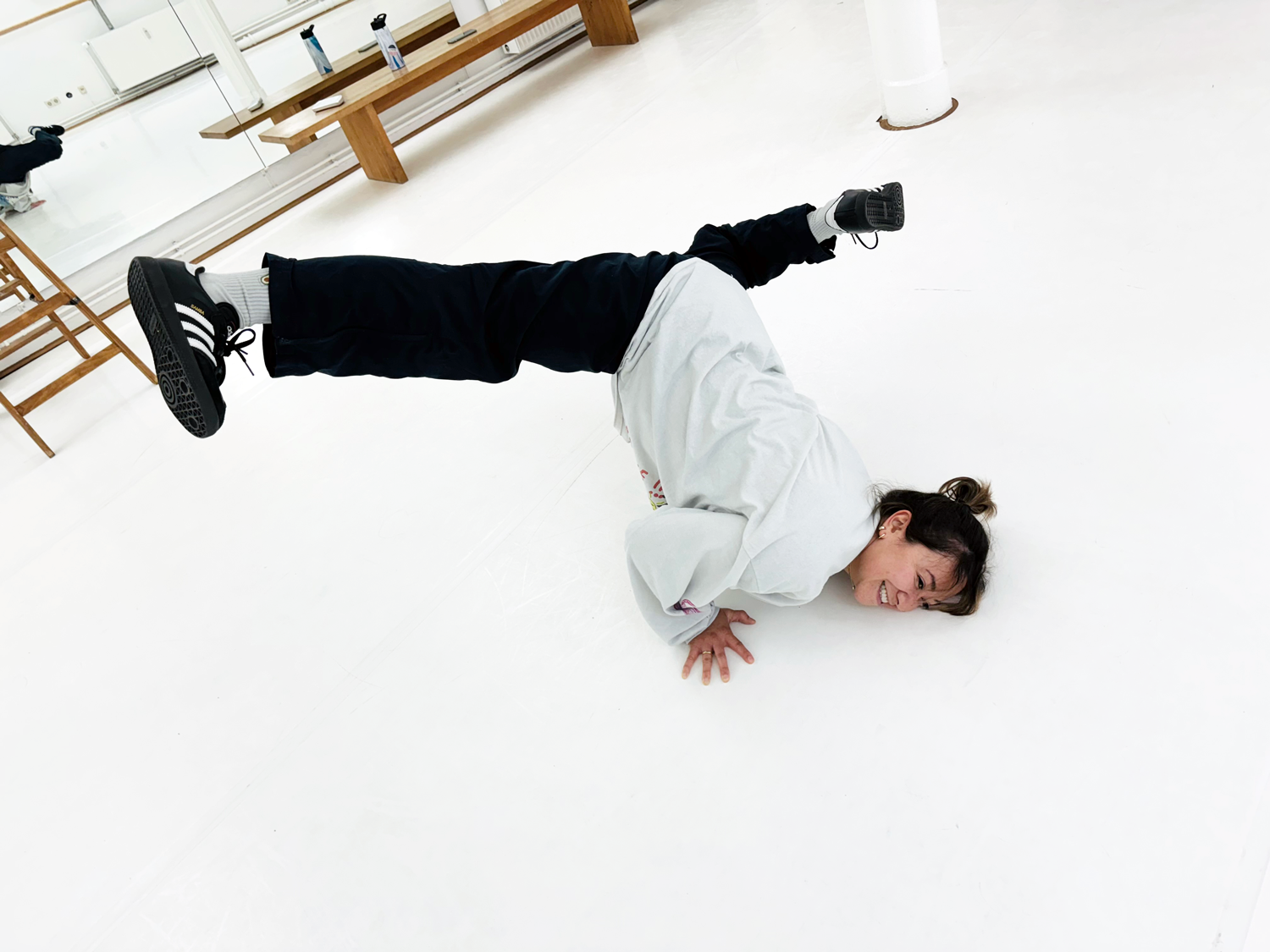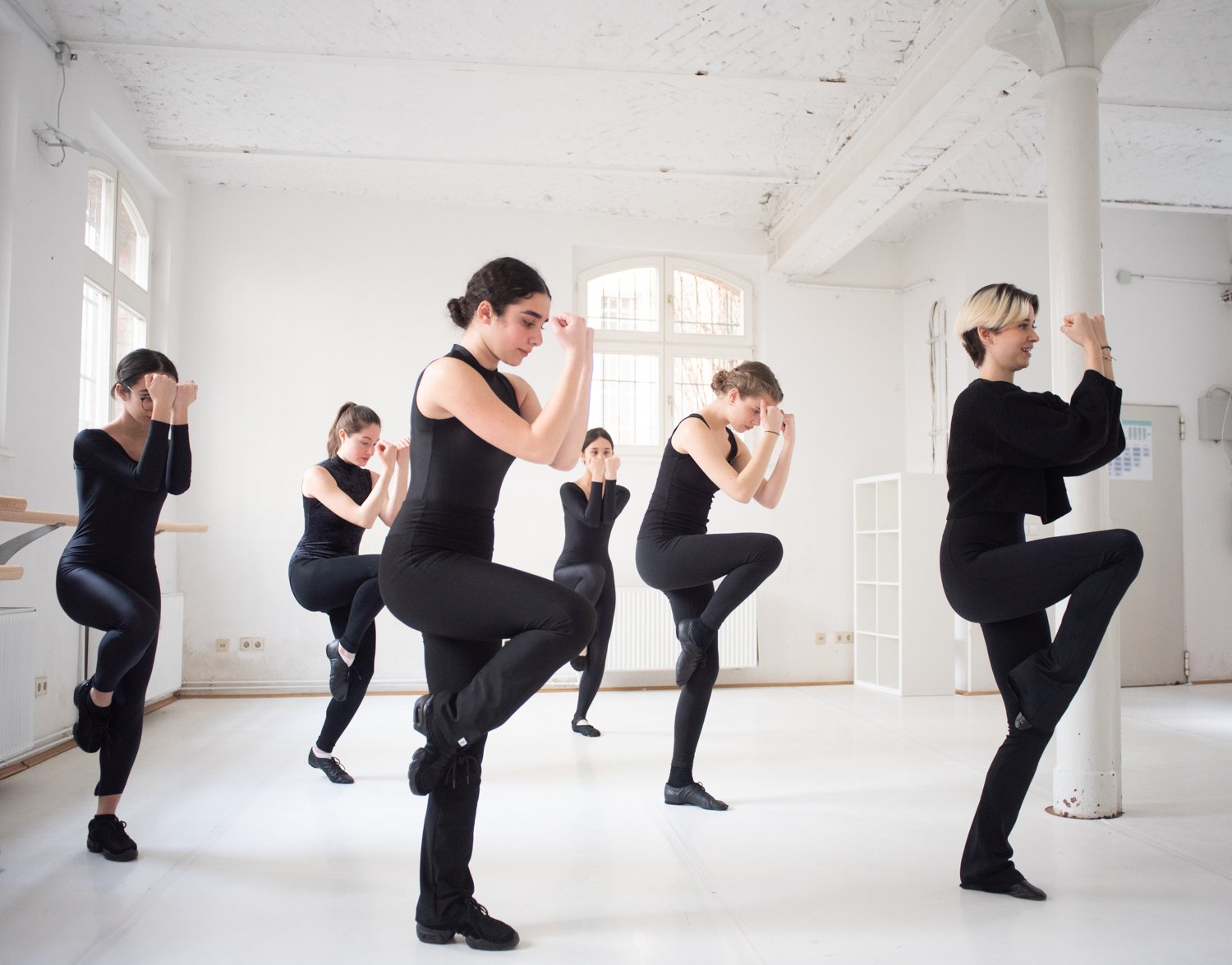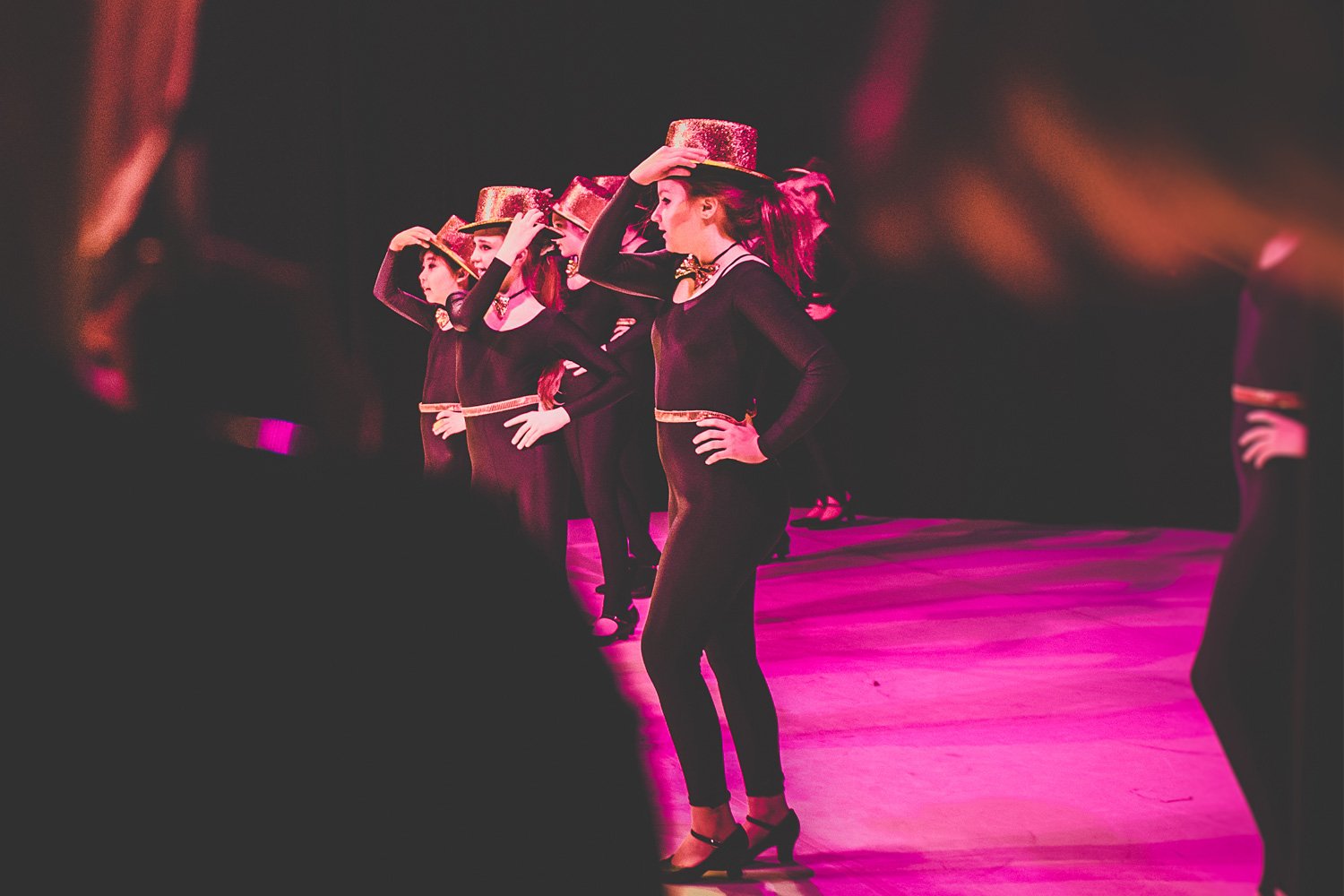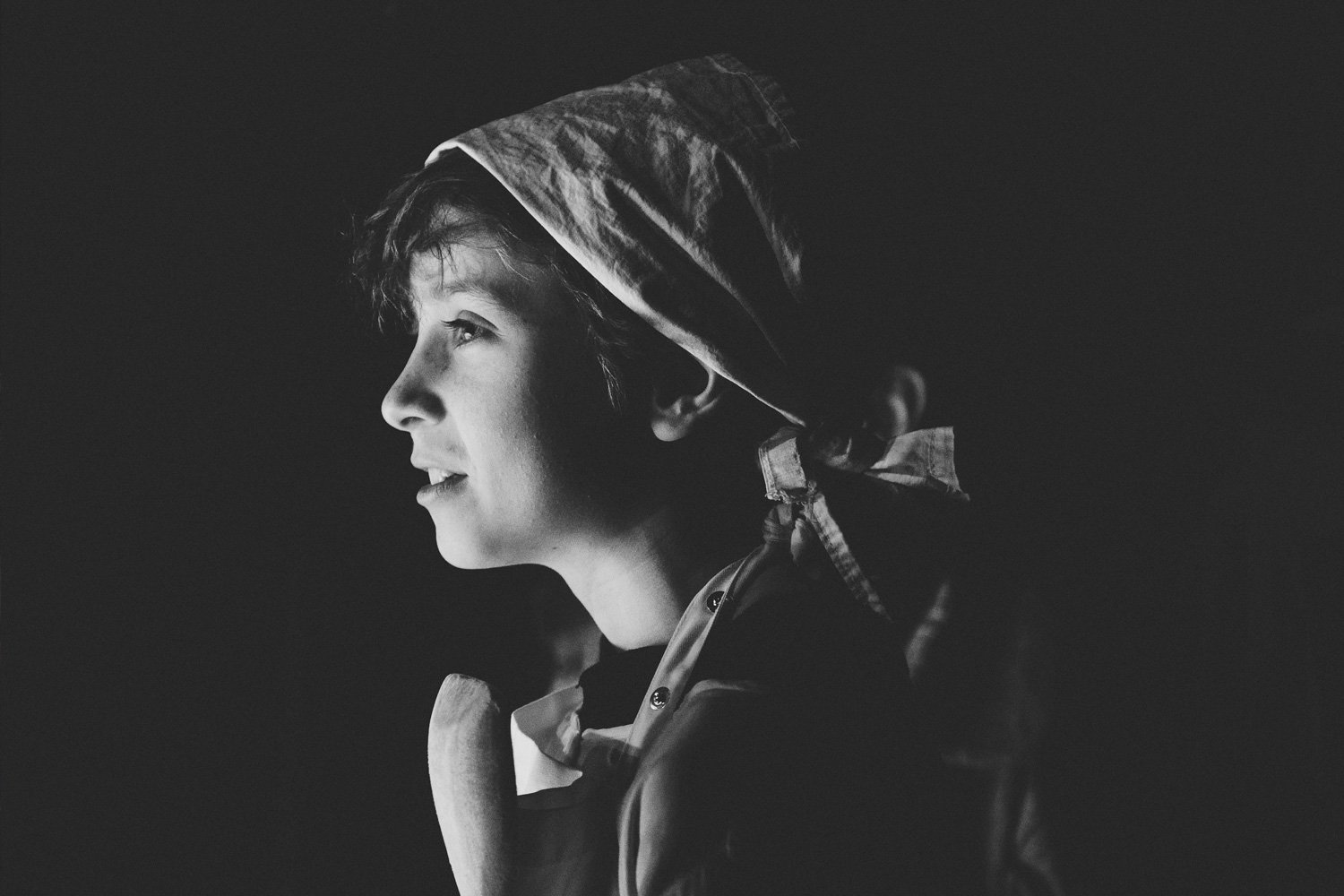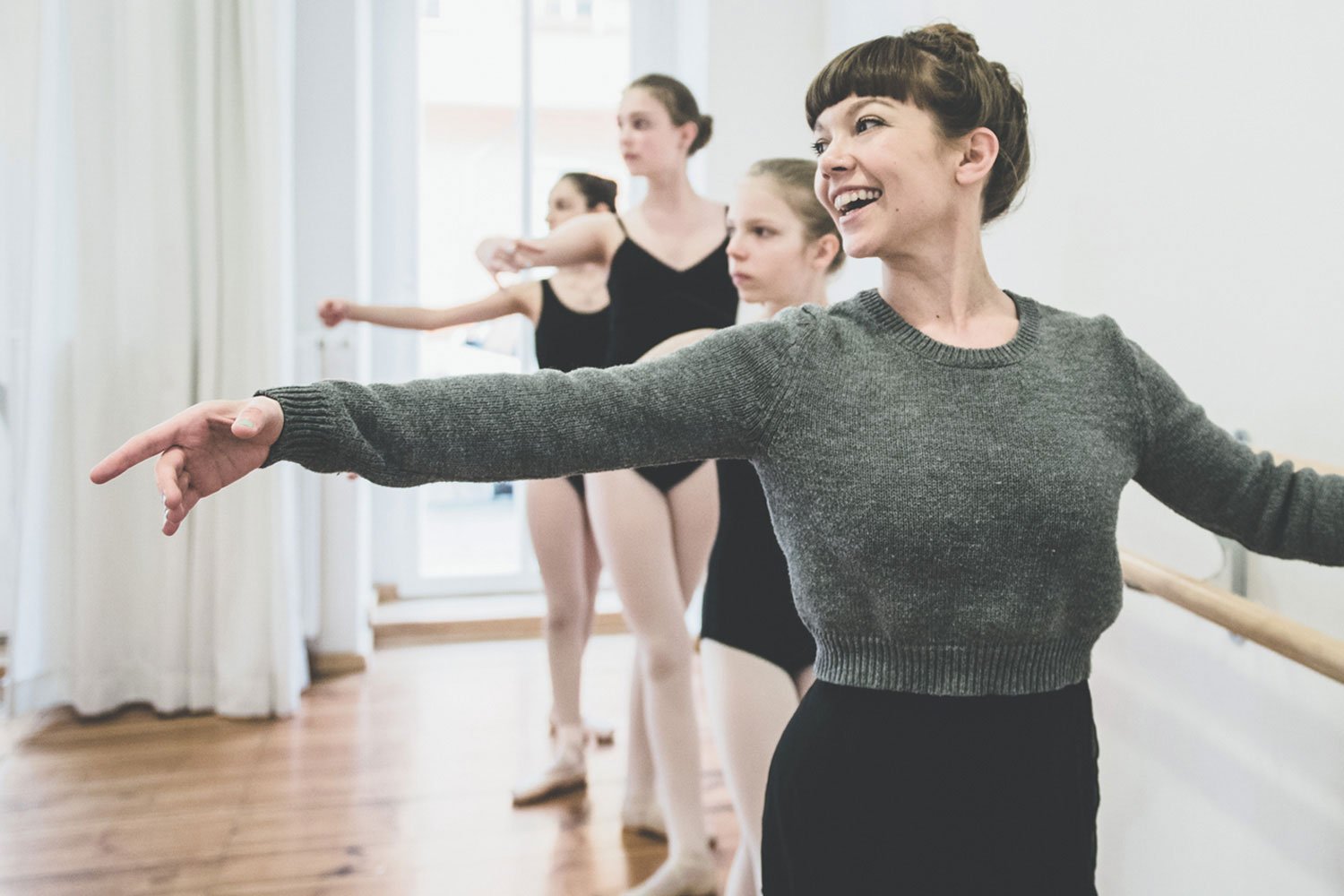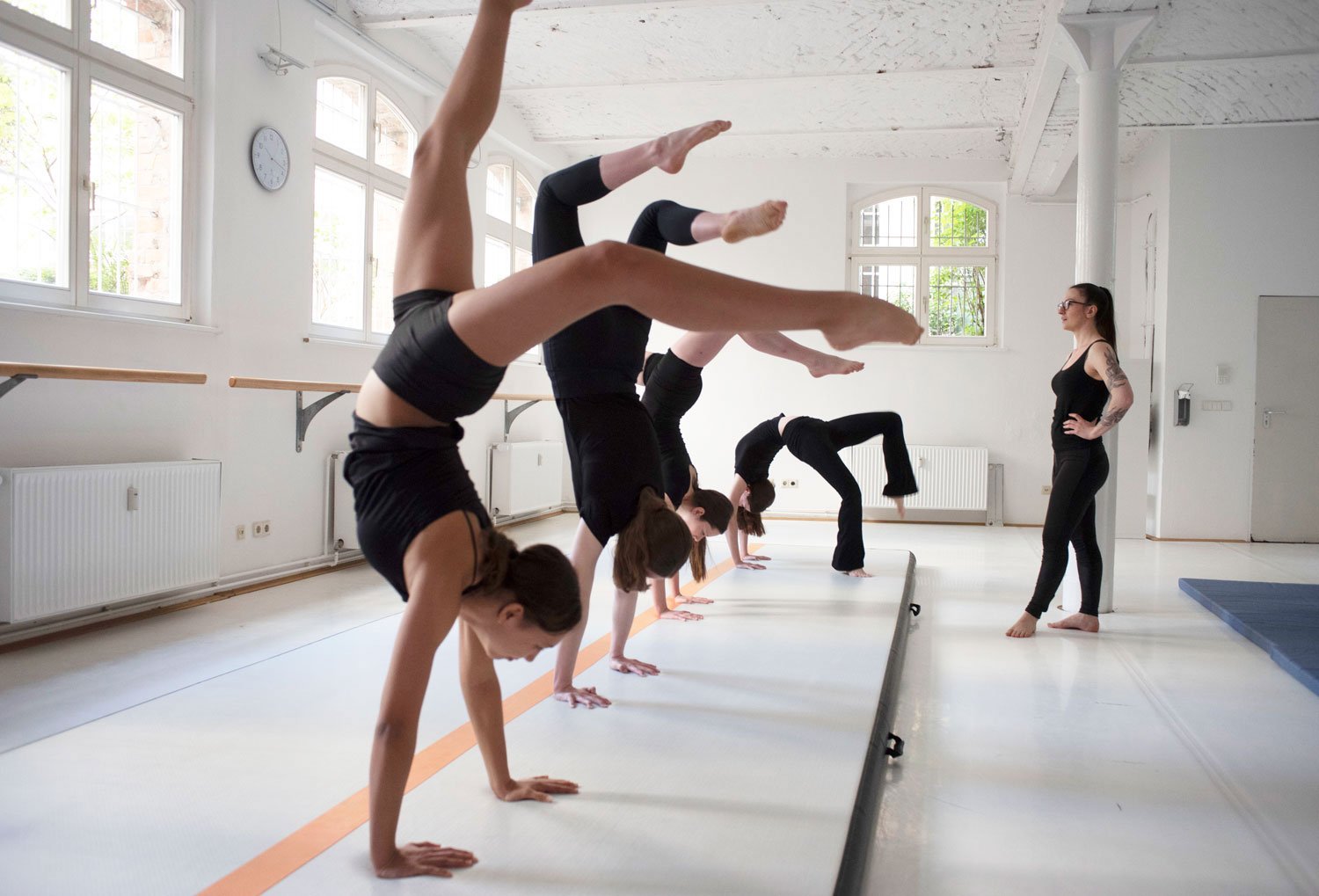Our Dress Code for Children and Teenagers
Why does my young child need to wear a specific outfit?
There are many reasons why we ask our students to wear a uniform to class! We want to prepare your child for future classes to come. Whether your student is taking Ballet, Acrobatics or Musical Theater there will be a dress code as they get older and this transition is seamless when they are used to getting dressed for class. We also love a uniform for young movers to avoid jealousy. If one student arrives in a sparkly tutu and the other is wearing the sandy jeans from the playground, hurt feelings can arise. In Ballet class, the leotard and skirt are not only to create a uniform look in the classroom but are actually tools used in the choreography of the class. At this age your child will use their skirt for curtsies and hand positioning which cannot be achieved with a tulle tutu. In Acrobatics the outfit is important for your child‘s safety. Baggy clothing and ballet skirts can get caught or slip and prevent our teachers from spotting tricks safely. Lastly, changing clothes for class allows your child to mentally prepare for the activity they are about to engage in. If their pockets are still full of sand, their minds are still at the sandbox.
Ballet Attire - Why so traditional?
Ballet has a long tradition of specific clothing, classroom etiquette & movement language that is extremely gendered. We at The Center strive to keep Ballet’s rich history alive while simultaneously expanding its tight borders to make room for anyone and everyone who likes to dance! Traditional ballet attire consists of a leotard and tights for girls and women or a white dance shirt and black leggings for boys and men. The uniformity of dress is mirrored in Ballet’s movements as well. Having a group of dancers wearing the same outfits and moving in unison is all part of the magic. Matching tights and shoes elongate the line of the leg and long lines are an integral part of ballet technique. We have held onto the traditional outfits because they create a calm vision for our teachers and allow them to correct body alignment and posture efficiently. However, we leave the choice of which outfit to wear up to the dancer, regardless of sex or gender expression! In the same way we teach both the men‘s and women’s movement vocabulary and allow the student to choose or try both!
Acrobatics Safety - Why do we require tight-fitting clothes?
We ask that you wear tight-fitting clothes to your acrobatics class both to show your beautiful lines and most importantly for safety! Our teachers need to be able to see the body clearly and spot their students safely and securely. Loose fitting T-shirts and baggy pants can get caught or slip and cause injury to both the student and the teacher. Sweatpants can be worn over your clothes to warm up in, but must be taken off once training has begun. Loose T-shirts can rise up over the head when going upside down, leaving the belly free and obstructing the students line of sight. Jewelry, zippers, and buttons can potentially injure other students or the teacher and can damage our sports equipment.
The uniformity of an all black dress code helps our teachers see your alignment clearly and focus on your movement instead of your clothes. There are many activewear options available in this color, allowing the acrobat freedom to choose the style of clothes they feel most comfortable and confident moving in!
Why all black?
The uniformity of an all black tight-fitted dress code helps our teachers see your alignment clearly and focus on your movement instead of your clothes. We have chosen the color black because there are many activewear options available in this color, allowing the dancer freedom to choose the style of clothes they feel most comfortable and confident dancing in! This also makes it easier to switch classes if you choose, without having to purchase a whole new outfit. In order to train safely it is essential that the teacher sees your body and make corrections accordingly. Therefore, tight-fitted clothing is an important element in the classroom. Baggy T-shirts and sweatpants are only allowed during the warm-up phase of the class. Lastly, a uniform color will also help us take aesthetic pictures for promotional material if needed.







